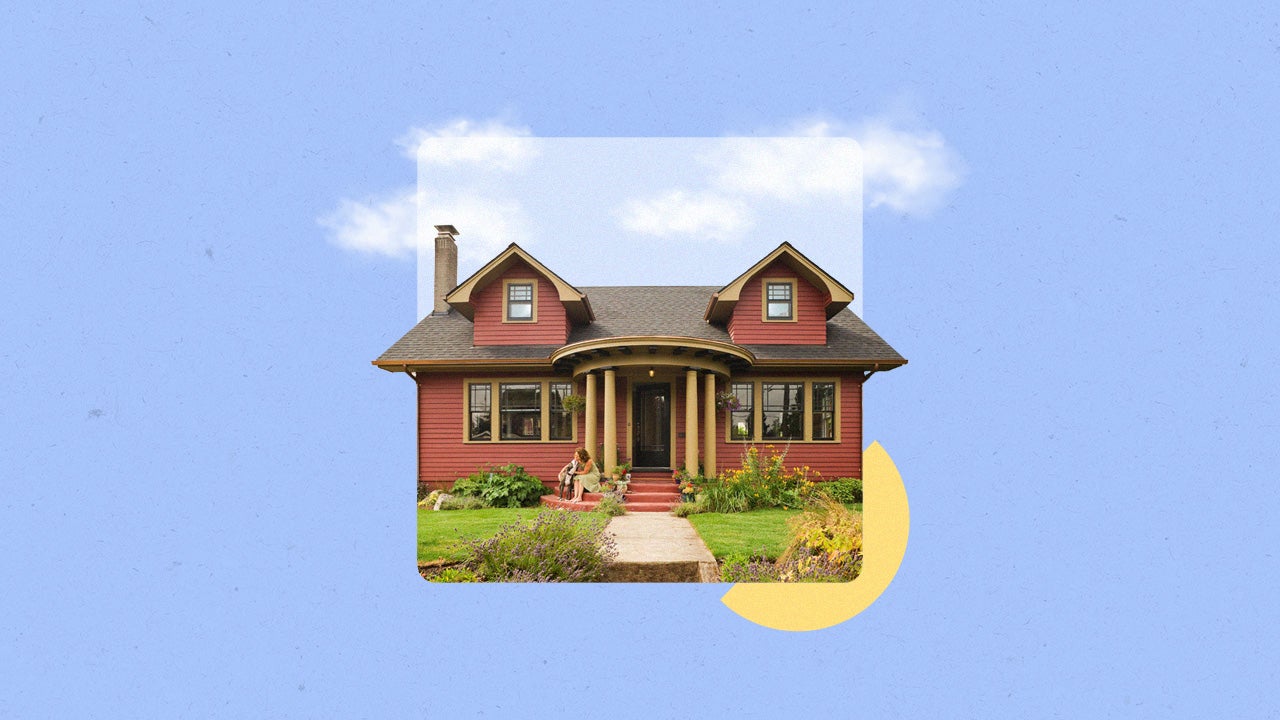Guide to 40-year mortgages: What are they and should you get one?

Key takeaways
- A 40-year mortgage comes with lower monthly payments compared to a 30-year mortgage, but higher interest costs.
- Most mortgage lenders don’t offer 40-year mortgages. More often, they’re seen in loan modification cases, when borrowers experiencing financial difficulties need a more affordable payment.
- If you want lower mortgage payments, consider an adjustable-rate mortgage (ARM) with a less expensive introductory rate, paying points to lower your rate or obtaining down payment assistance so you borrow less.
Most borrowers opt for a 30-year mortgage to take advantage of a lower monthly payment. That same rationale applies to 40-year mortgages: The longer term translates to more affordable monthly payments. The difference? Forty-year mortgages aren’t nearly as common as 30-year loans, and they’re most often reserved for borrowers who need help paying their loan. Here’s what to know.
What is a 40-year mortgage?
A 40-year mortgage allows you to repay your loan over 40 years instead of the more common 30 or 15 years. This extended term comes with a lower monthly payment, but at the cost of a higher interest rate and more paid toward interest over the life of the loan.
Forty-year mortgages are a type of non-qualified mortgage (non-QM loan), however. That means most mortgage lenders don’t offer them as a means to buy a home or refinance. More often, you’ll see a 40-year mortgage as a loan modification option for borrowers in need of payment relief.
How do 40-year mortgages work?
A 40-year mortgage amortizes over 40 years, with the borrower making 480 payments. Because these payments are spread out over four decades instead of three (or fewer), they’ll cost less on a monthly basis.
For this same reason, you’ll also pay more in interest — both a higher interest rate compared to a shorter loan term, and more interest over the longer time frame.
Typically, a 40-year mortgage as a result of a loan modification comes with a fixed interest rate. Other 40-year mortgages might have a fixed or adjustable rate.
Where to find 40-year mortgages
It’s possible to get a 40-year mortgage, but it’s usually reserved for borrowers having trouble paying their current loan. In this case, your mortgage servicer might extend your loan term to 40 years, making your payments more affordable. Along with this extension, the servicer might also lower your interest rate, the total amount you owe or both.
If you currently have a conventional loan, for example, you might be eligible for the Flex Modification program, which comes with a 40-year extension. FHA loan borrowers have access to a similar 40-year option, as do VA loan borrowers, thanks to the VA’s recent update to its loan modification options.
Some mortgage lenders offer a 40-year mortgage outside of modification situations. (Carrington Mortgage, for instance, offers a 40-year loan.) Some lenders structure the loans as adjustable-rate mortgages (ARMs), with a lower introductory rate and interest-only payments for an initial period. These can be helpful for borrowers who expect to have more income over time, but not qualify for a regular 30-year loan now due to debt or other financial constraints.
While these can be legitimate offers, be cautious if you see a 40-year loan with a considerably higher interest rate compared to what’s out there on the market today.
Why is it so hard to find a 40-year mortgage?
30-year mortgage vs. 40-year mortgage
The main differences between a 30-year and 40-year mortgage are the cost of the monthly payment, the interest rate and the interest paid over time. Here’s how the math breaks down. This example doesn’t factor in other costs you’ll need to pay as a homeowner, such as homeowners insurance and property taxes — it only reflects paying the principal and interest.
Pros and cons of 40-year mortgages
Forty-year mortgages aren’t as common as their 30-year or 15-year counterparts. Here are the benefits and drawbacks:
Pros of 40-year mortgages
- Lower monthly payment: In the above example, the 40-year mortgage saves the borrower $178 per month compared to a 30-year mortgage.
- Long-term solution for more affordable payments: Rather than obtaining temporary payment relief through forbearance, a 40-year loan modification permanently changes your mortgage.
Cons of 40-year mortgages
- Not widely available: Most lenders don’t offer 40-year mortgages unless you qualify for a loan modification.
- Can be more expensive: Forty-year mortgages can come with higher interest rates. You’ll also pay more in interest simply because you’re paying over a longer time period.
40-year mortgage rates
If you’re getting a 40-year mortgage as a non-QM option, expect to pay a higher interest rate compared to a 30-year mortgage. In contrast, for a 40-year loan modification, your mortgage servicer might lower your interest rate to help make your payments more affordable.
40-year mortgage FAQ
-
Most mortgage lenders don’t offer 40-year mortgage refinances, but if you find one who does, keep in mind: You’d be trading lower monthly payments for a much longer loan term and much more in interest.
-
Unless you need a 40-year loan modification due to hardship, it’s best to look for a mortgage in terms of 30 years (or less). With a 30-year loan, you’ll still get the benefit of a relatively lower monthly payment, but also have your pick of lenders.
-
If you want lower monthly payments, consider a 30-year fixed-rate loan or ARM. Both of these amortize over 30 years, with the fixed-rate having set payments for the full 30 years and the ARM having set payments for the first few, typically three, five, seven or 10 years. ARMs have lower rates to start, so if you know you won’t be in the home long term, you could save a lot on interest with this option.
Additionally, you could choose to pay points to lower your rate, which would translate to a lower monthly payment. If you’re a first-time homebuyer, you might qualify for down payment assistance, too. This reduces the amount you need to borrow and your payments as a result.
You may also like







